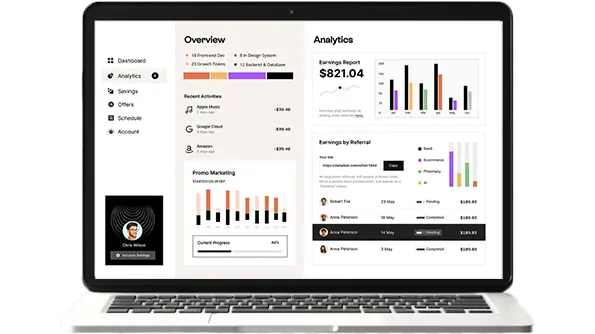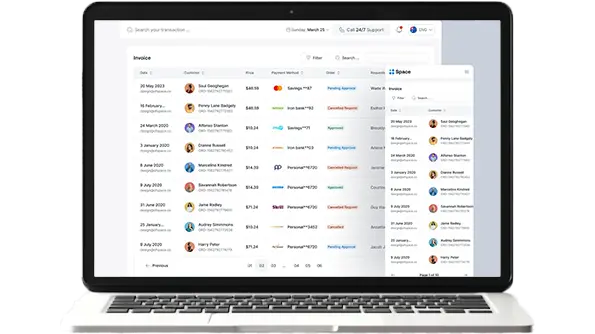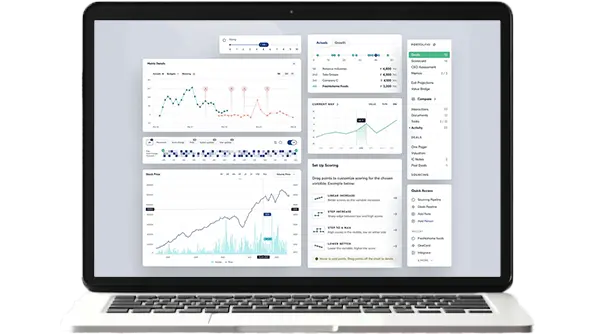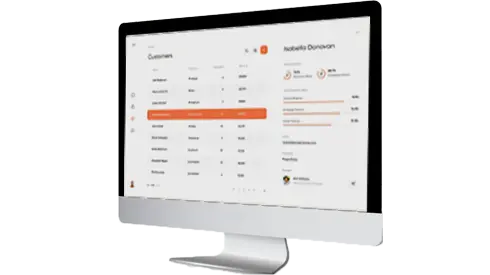UNICEF Document Tracking System
Document & Workflow Management Systems
Unicef
Period
2019 - Ongoing
Project Overview
A document tracking system for UNICEF in Uganda and Madagascar to automate the tracking and processing of Direct Cash Transfers (DCTs). It features a central repository with version control, role-based permissions, and automated notifications.
Objectives:
- Implement a centralized system to track Direct Cash Transfers (DCTs) from initiation to completion.
- Automate key processing steps to minimize manual effort and errors.
- Enhance document management to ensure secure storage, versioning, and accessibility.
- Provide reporting tools to monitor processing times and identify inefficiencies.
Scope:
- The project managed documents for Direct Cash Transfers (DCTs) across UNICEF offices in Uganda and Madagascar.
- It established a centralized repository to securely store and organize DCT-related documentation.
- The initiative automated document workflows to improve the efficiency of processing and approving DCTs.
- It also ensured compliance with UNICEF policies, maintaining data accuracy and security across regions.
Solutions Provided
- Designed a centralized repository to store all documents in a single, secure location, improving accessibility and reducing duplication of efforts.
- Implemented version control to track changes and maintain a history of document revisions, ensuring accuracy and accountability in document management.
- Established role-based permissions to control access to sensitive information, ensuring that only authorized personnel can view or edit specific documents.
- Set up automated notifications to alert users about document updates, approvals, or deadlines, enhancing communication and workflow efficiency.
- Integrated the repository with existing systems to ensure seamless data flow and compatibility, supporting a cohesive digital ecosystem.

Outcomes and Benefits
- Streamlined document management processes, significantly reducing the time required to locate and retrieve critical documents.
- Enhanced compliance by automating workflows and ensuring adherence to organizational policies and regulatory requirements.
- Improved collaboration across departments by providing a centralized repository for document storage and access.
- Reduced operational costs by minimizing manual document handling and associated errors, leading to greater efficiency.

Technologies used
- Web Development
- Java
- Spring Boot
- Angular
- DevOps
- Azure DevOps
- Git
- Workflow Management
- Camunda BPMN
- Camunda Workflow Systems
- Mobile Development
- Flutter

Related Projects


